Tuesday 18th October
Lincoln Drill Hall
Before the film crew meeting in the afternoon, some of the team headed down to the first potential location to shoot the film – unfortunately, because it was a small space, only Hannah, Lauren, Jamie and Rob could attend. The location was Lincoln Drill Hall, a local theatre in Lincoln, specifically inside one of their storage basements.
The location had many positives, such as its aesthetics. It appeared as the perfect location to suit Lauren’s vision of a small, cramped, aged basement with uncovered brickwork suiting the script’s description excellently. Additionally, the management were willing to offer it to us for free, which is the ideal scenario being students.
However, there were many more negatives which sadly outweighed the positives. The first was that although the small space suited the script and the cinematography of the film, it would be impossible to boom overhead. “The boom mic will always capture the most natural audio when positioned overhead and pointing downward toward the talent,” (Viers, 2012, 39). Therefore, this would not allow us to record audio as effectively as possible, we would have to scoop the majority of the shots. Scooping is be considered as the opposite of overhead booming. The mic is positioned underneath from torso-knee height with the same angle of use with overhead booming, pointing upwards. There are several downsides to this technique, such as: losing high frequencies (as the main character is a woman this would be adverse), capturing overhead noise (in this case light buzzes), and the large increase of difficulty added to the Boom Operator who will have to manoeuvre around objects, as well as stay further from the frame as they cannot appear invisible overhead. “Scooping can be a lifesaver, but should only be used as a last alternative,” (Viers, 2012, 41-2).
Additionally, Rob mentioned loud traffic noise as the location is adjacent to a busy main road, with some sorts of irregular holes in the walls allowing this sound to seep through into the basement, which would be captured on all of the location sound dialogue/room tone/atmos/SFX or wild tracks.
Finally, the availability of the location was poor allowing only three dates for us to film. We would be given time slots of 10am-4pm which would simply not be enough. With the location being so cluttered (see below), we would have to allow at least one hour at the start and end of the day moving these objects out and back in, before setting up and preparing, then shooting and having breaks. This would not be logical and would make us way too rushed, uncomfortable and stressed.
Therefore, as a team we agreed that this location would be used as a backup, last resort placement. Even though it looked great, the logistics of the availability, time on set, space to fit the actors in, and most importantly SOUND would not allow us to shoot to the best of our abilities here. However, it was a positive action to at least have checked it out and have prepared a back up option.
References:
Viers, R. (2012) The Location Sound Bible. Studio City, CA: Michael Wiese Production
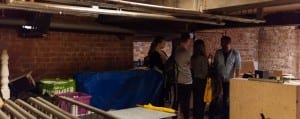
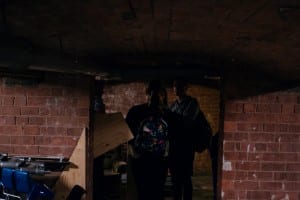
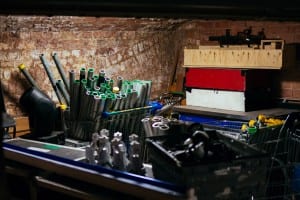
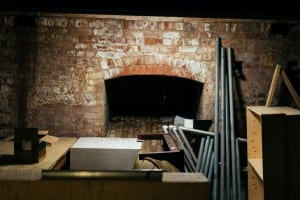
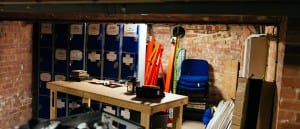
Published by